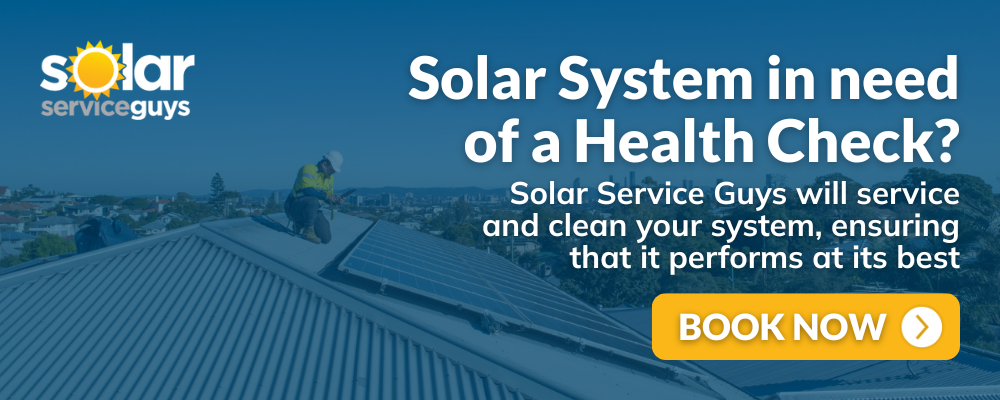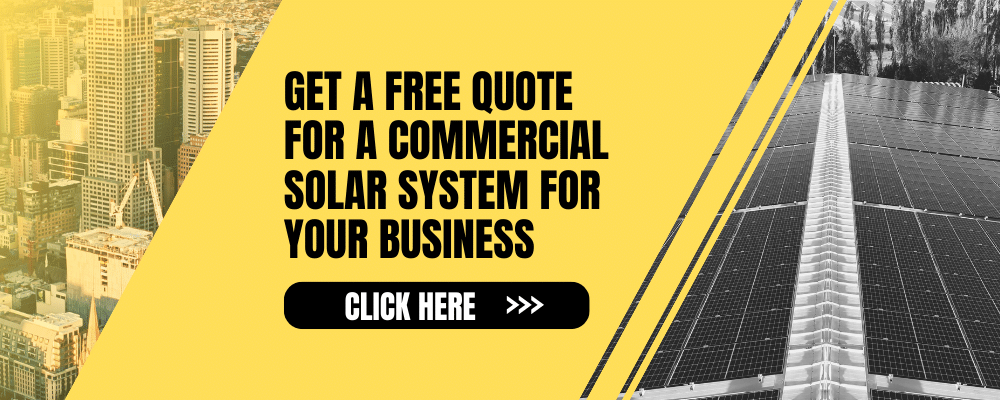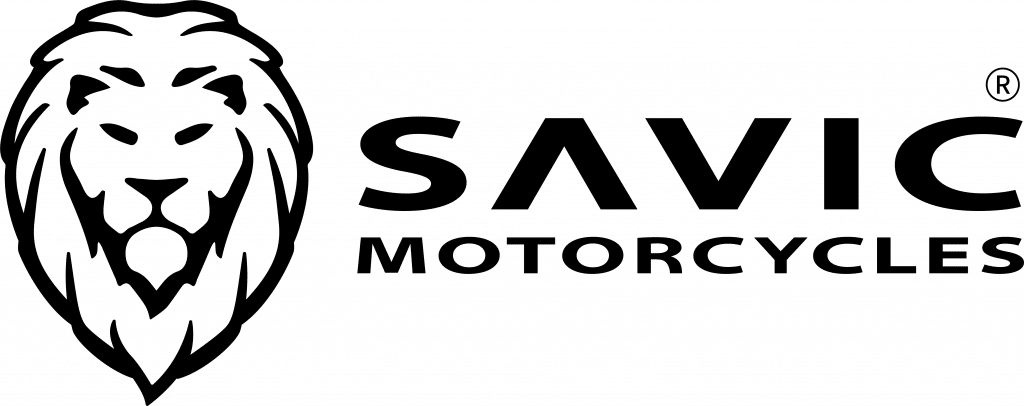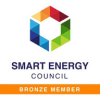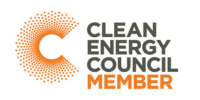From 1 July 2025, the Australian Government is rolling out its Cheaper Home Batteries Program, helping households slash energy costs by making solar battery storage more affordable than ever. With generous rebates available—and even backdated to early April—there’s never been a better time to invest in home energy storage.
On this page
Get FREE Quotes
Complete the form below to receive up to 3 FREE quotes for batteries or solar + batteries. You will be contacted by local, trusted installers with no-obligation quotes.
About the program
The Cheaper Home Batteries Program is a $2.3 billion initiative from the Albanese Labor Government. Its goal? To accelerate the uptake of home battery systems, helping Aussies store their solar energy, reduce power bills, and take pressure off the grid.
Objective: Support the installation of up to 1 million home batteries by 2030
Program launch: 1 July 2025
Rebate backdating: Eligible from 6 April 2025
End date: Until 2030, with rebates reducing over time
Funding: Australian Federal Government
The program is part of Labor’s broader plan to reach 82% renewable energy by 2030 and make energy cheaper, cleaner and more reliable.
Eligibility criteria
To be eligible for a rebate under the program, you must:
Be an Australian homeowner or small business
Install a battery system that is Virtual Power Plant (VPP) capable
Use a Solar Accreditation Australia (SAA) approved installer and Clean Energy Council (CEC) approved battery
Install a battery between 6 April 2025 and 2030
Install a battery of 5kWh to 50kWh storage capacity
Rebate amount
Eligible households and small businesses can claim around $372 per kilowatt-hour (kWh) of battery capacity.
That means:
A 10kWh battery could receive up to $3,720 off
A 13.5kWh battery (e.g. Tesla Powerwall) could get around $5,000
The maximum rebate is capped at 50kWh (up to $18,500 in savings)
Rebate values may reduce over time, so early uptake will likely deliver the greatest savings.
The ‘rebate’ will be delivered via the Small-scale Renewable Energy Scheme (SRES) in the form of Small-scale Technology Certificates (STCs). Each battery will generate certificates (valued at an average of $40 each) that can either be sold to your installer for an upfront discount (most common and recommended option) or on the open market.
The number of STCs claimable for batteries will reduce each year until the program phases out in 2030.
| Year | Estimated Value per kWh (kilowatt hour) | STC Factor |
| 2025 | $372 | 9.3 |
| 2026 | $336 | 8.4 |
| 2027 | $296 | 7.4 |
| 2028 | $260 | 6.5 |
| 2029 | $224 | 5.6 |
| 2030 | $188 | 4.7 |
In 2025, up to $372 of STCs will be generated per kWh of battery storage. This means that a 10kWh battery will attract an upfront discount of up to $3,720.
Who it's for and how to apply
This rebate is ideal for:
Households with existing solar looking to add a battery
Homeowners installing both solar and battery systems
Small businesses aiming to cut energy bills and boost sustainability
Those upgrading or replacing an old battery system
How to apply
The program is delivered through the Small-scale Renewable Energy Scheme (SRES). Rather than being a rebate, you will receive an upfront discount from your installer.
As such, you will not need to apply for the program. The battery MUST be installed with a new solar system OR be added to an existing solar system. Stand-alone batteries will not be eligible for the rebate.
To receive the upfront discount, you must:
- Install an eligible battery with a new solar system or add it to an existing system
- Install the battery with an SAA (Solar Accreditation Australia) approved installer
Energy Matters can connect you with accredited installers who will provide you with free, no-obligation quotes. Click the button below to begin.
Frequently asked questions
The Cheaper Home Batteries program operates under the existing Small-scale Renewable Energy Scheme (SRES). The SRES allows small-scale systems to generate certificates, known as Small-scale Technology Certificates (STCs), at the point of commission. Each certificate is worth around $40 and batteries will attract 9.3 certificates per kWh of storage (in 2025). Your installer will offer an upfront discount and allocate the generated certificate to themselves to then on-sell on the market.
As such, the program is not a rebate, as you will receive an upfront discount.
You can, however, opt to sell the STCs yourself rather than receiving an upfront discount. This process can be complex and it is not recommended.
The federal rebate has no restrictions on ‘double-dipping’ or ‘stacking’. However, the state rebates/loan programs may have their own restrictions.
In NSW, there’s incentives available via the Peak Demand Reduction Scheme with VPP bonuses. However, the current program disallows the stacking of rebates where RECs (renewable energy certificates) are involved. More information to come.
In Victoria, combine with interest-free loans from the Solar Homes Program
- The Western Australia government has announced “The WA Residential Battery Scheme will complement the Federal Government’s Cheaper Home Batteries Program for a combined rebate of up to $5,000 for Synergy customers and $7,500 for Horizon Power customers.”
Other states may have schemes or feed-in tariff bonuses that also apply
Always check with your installer to maximise your combined savings.
A VPP is a network of connected batteries that can feed energy back into the grid when needed. It helps balance supply and demand, and often earns you extra credits or income. VPP-ready batteries can “talk” to the grid, helping lower costs for everyone.
If your battery was installed on or after 6 April 2025, you may still be eligible as long as your battery has not been ‘switched on’ and it meets all the other criteria. Contact your installer for further information and instruction.
Renters will need the approval of their landlord to benefit from this program.
The rebate is available until 2030, but the STCs able to be generated by batteries will decline each year. For example: in 2025, 9.3 STCs (valued up to $372) will be available per kWh of storage. In 2030, 4.7 STCs will be available per kWh, at a value of $188.
Don’t wait too long if you’re keen to get the best deal.
The Cheaper Home Batteries program does not guarantee the total amount you will receive as a discount. STCs are tradeable and subject to the fluctuations of the market. Additionally, your installer will need to factor in how much they can sell the certificates to a trader or broker for. This may mean that you do not receive the full $40 per STC.
Your installer will factor in admin, risk, and handling costs associated with the sale of the STC. The average discount you can expect from reputable installers is $36 – $38 per STC. This would result in an average discount between $333.80 and $353.40 per kWh.
How do I get started?
Energy Matters works with a nation-wide network of installers who can provide you with up to 3 FREE Quotes for batteries. If you don’t already have solar, they can provide you with a solar + battery quote. Click the button below to begin today.









